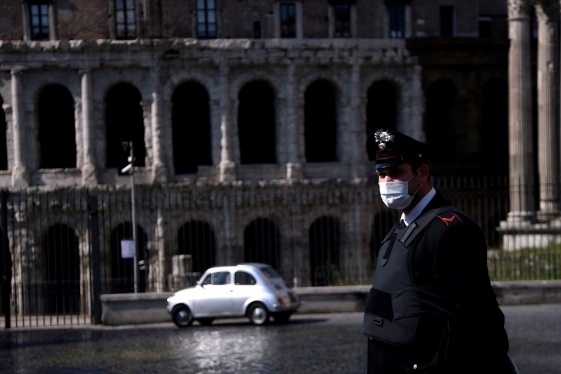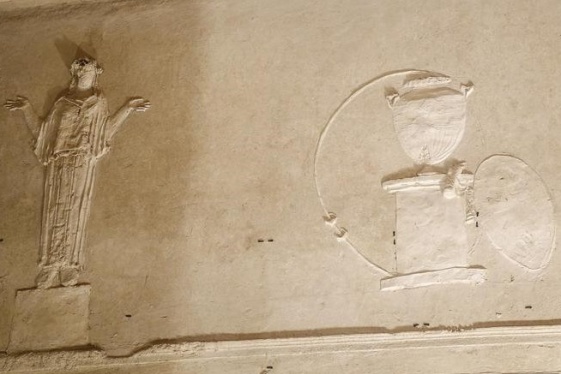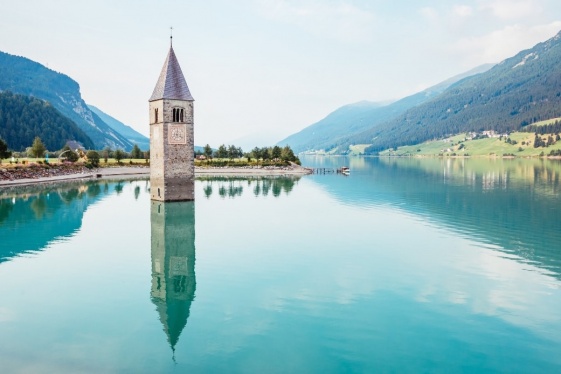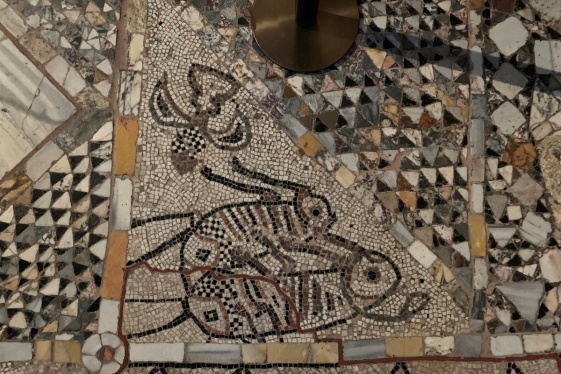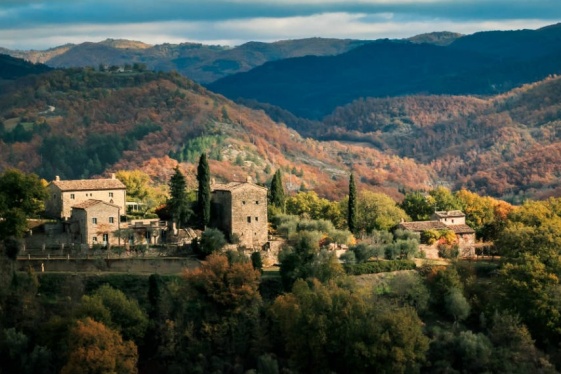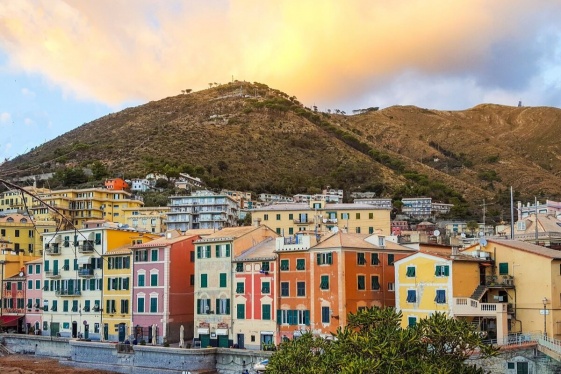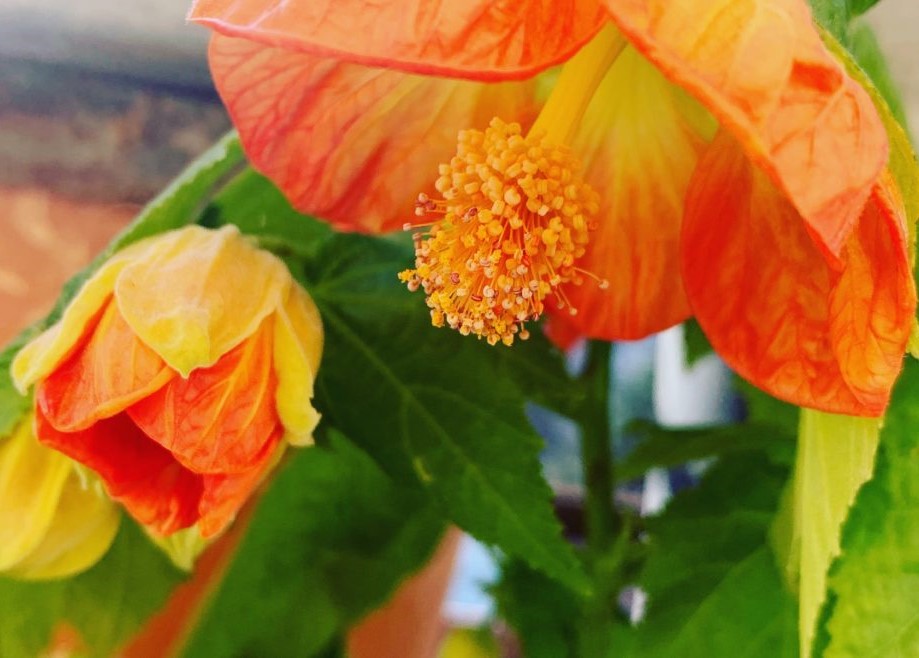

BY: Margherita Lombardi
Italian Botanical Heritage is the census of the Italian botanical and horticultural heritage created in 2014 by botanical journalist Margherita Lombardi.
Addressed to garden and landscape enthusiasts or professionals, it now includes more than 2300 “places” connected to Nature all over Italy: parks, historic, contemporary, public and private gardens, botanical gardens, rose gardens and arboreta, botanical collections, nature reserves and oasis, walks, woods, monumental trees, bathing freshwaters, beaches, vineyards and cellars that respect the environment, biological agricultural companies, olive groves and orchards, nurseries and flower cultivations, florists, artisans, botanical museums, eco museums, art museums in green spaces, and traditional foods. The fact sheets are grouped by themes and region.
IBH aims to develop the knowledge of this very large heritage, celebrated all over the world, to promote its conservation and foster a new green tourism on our territory, conscious and environmentally friendly. Starting from your own curiosity and propelled by the pleasure of easily surfing the website, you can now discover a lesser-known part of Italy, with its infinite historic, architectural, naturalistic and business beauties.
From a virtual trip to a real one, it is but a short step: each fact sheet gives all the necessary practical information, including the location on Google Maps; this will make planning a visit easier.
Places, but also botanical itineraries
The website was not enough: from the encounter with Rossana Sessa, communication and marketing specialist and botanical trips enthusiast, Italian Botanical Trips’ Itineraries were created, a spin off blog of IBH, on which Margherita writes about ornamental and wild plants, gardens, news and curiosities.
Italian Botanical Trips’ Itineraries are thought and planned following Margherita and Rossana’s personal experience. They are willing to offer enthusiasts the chance to discover our best nurseries, gardens and cellars for history, specificity and philosophy, in the new shape of an experiential trip.
Located across the entire territory of Italy, the itineraries are “ready-to-use” thanks to a map and the indication of the distance between one place and the next.
The itineraries, divided into “Wandering Nurseries”, “Wandering Gardens” and “Wandering Cellars” and enriched by gardens, parks, nature reserves, artisans, foods and all that might be of a botanical interest along the way, take up mostly two or three days, so that they might be enjoyed in the brief space of a weekend, and can be connected, one after the other, in an endless voyage across Italian landscapes and botanical excellences. They are now 54, and their number is destined to grow…
SOURCE: www.italianbotanicalheritage.com
You may be interested
-
'A summer without travel': How long will Ital...
As the Italian government prepares to bring in “phase two” of the national lockdown measur...
-
'Basilica of Mysteries' reborn in Rome
The so-called 'Basilica of the Mysteries' has been reborn in Rome. The basilica, one of th...
-
'Beautiful' Italian lake hides a 'mysterious'...
Water can hide all kinds of secrets. But while shipwrecks and sea creatures might be expec...
-
'Dragon Bones' of Santa Maria e San Donato
The Basilica of Santa Maria e San Donato dates to the seventh century, back when the islan...
-
'Enchanting' Italian town has stunning roofto...
The travel itinerary company Earth Trekkers has highlighted a hidden Italian commune with ...
-
'Fairytale' Italian village loved by celebrit...
Nestled in the heart of Italy's Umbria is a village that is often referred to as being amo...
-
'Garden Route Italia', discovering the Belpae...
From villas to castles, from labyrinths to green oases reflected in lakes. The new portal ...
-
'Hidden' Italian paradise for 'authentic' exp...
Brits are absolutely enamoured with Italy, from the ancient allure of Rome's Colosseum to...



